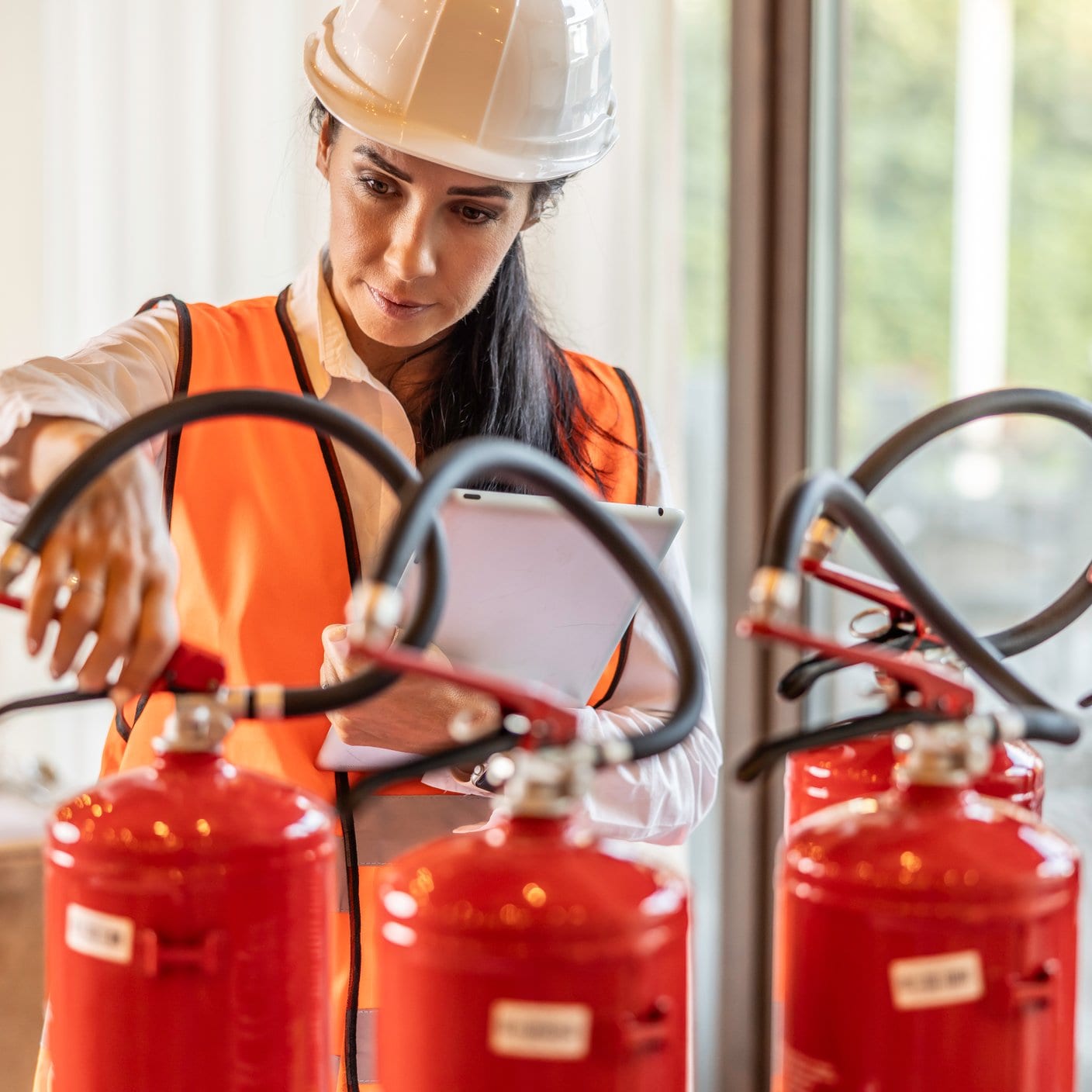On March 12, 2025, the US Environmental Protection Agency (EPA) announced that it would undertake 31 deregulatory actions, including reconsidering several National Emission Standards for Hazardous Air Pollutants (NESHAPs), as part of the Trump administration’s goal to rollback industrial regulation. Industry groups have argued that recent regulatory updates impose costly and technically challenging requirements, and the administration has signaled interest in reducing capital and annual compliance costs.
Since the announcement, the administration has issued presidential waivers to various industries and companies to extend compliance deadlines by two years while the EPA works to rescind the rules or ease the emission standards. Officials say the review is intended to ensure appropriate protections while also supporting economic and industrial priorities. The various NESHAP rules currently being reconsidered are as follows:
| NESHAP Category | 40 CFR Part 63 Subpart | Subject Processes |
| Synthetic Organic Chemical Manufacturing Industry (SOCMI) / Hazardous Organic NESHAP (HON) | F & G | Process vents, storage vessels, transfer ops, wastewater |
| Coke Ovens – Batteries | L | Charging, pushing, and battery stack emissions |
| Commercial Sterilizers (Ethylene Oxide) | O | Medical device and spice sterilization |
| Polymers & Resins Group I | U | Elastomer product manufacturing |
| Polymers & Resins Group II | W | Thermoplastic resin manufacturing |
| Primary Copper Smelting | QQQ | Smelting of copper ore/concentrates |
| Rubber Tire Manufacturing | XXXX | Tire production, rubber processing, and associated coating/curing |
| Integrated Iron & Steel Manufacturing | FFFFF | Sinter plants, blast furnaces, basic oxygen process furnaces |
| Taconite Iron Ore Processing | RRRRR | Pelletizing of low-grade iron ore |
| Coal- and Oil-Fired Electric Utility Steam Generating Units (aka, Mercury and Air Toxics Rule [MATS]) | UUUUU | Coal- and oil-fired electric utility steam generating units (EGUs) |
| Lime Manufacturing | AAAAAA | Kilns producing lime from limestone |
CFR: Code of Federal Regulations
Summer 2025 proclamations
On July 17, 2025, President Trump issued several proclamations to provide a two-year compliance exemption for a number of facilities while the NESHAP rules are reconsidered, including:
- Fifty-three chemical plants exempt from the Synthetic Organic Chemical Manufacturing Industry (SOCMI)/Hazardous Organic NESHAP (HON) Rules.
- This proclamation exempts facilities from strict limits on air toxics, ethylene oxide, and chloroprene and from the requirement of fence line monitoring for ethylene oxide and other hazardous air pollutants (HAPs).
- Thirty-nine facilities exempt from the Commercial Sterilizers Rule.
- Eight facilities exempt from the Taconite Iron Ore Processing Rule.
Other exemptions
On May 23, 2025, the signing of Congressional Review Act (CRA) HJ Resolution 61 nullified the Biden-era update to the rubber tire manufacturing NESHAP that added limits for rubber tire processing.
An interim final rule published on July 8, 2025, extended the compliance deadline by two years for the NESHAPs for coke oven batteries (COB) and pushing, quenching, and battery stacks (PQB) source categories. The EPA has granted reconsideration for Maximum Achievable Control Technology (MACT) standards, fence line monitoring, leak limits, and opacity. The reconsideration affects 11 facilities nationwide.
The EPA published an interim final rule on July 3, 2025, to extend certain compliance deadlines for the integrated iron and steel production NESHAP to April 3, 2027. Eight facilities will benefit from this deadline extension. The EPA plans to hold public hearings regarding the interim final rules in early September, and the written comment deadlines for the rules will be in early October.
On April 8, 2025, President Trump issued a proclamation to provide a two-year compliance extension for at least 65 facilities about the Mercury Air Toxic Standards (MATS) Rule. Environmentalists have begun litigation over the proclamation, and the EPA is asking the US Court of Appeals to pause cases regarding the compliance exemption. On June 17, 2025, the EPA proposed to repeal Biden-era amendments to the MATS Rule and intends to have the action finalized by December 2025.
“Once-in, always-in” is not “in” again
The EPA’s latest changes to the “Once in, Always in, Rule” (OIAI) were recently rescinded under the Congressional Review Act by a joint resolution that Congress passed and President Trump signed into law on June 20, 2025. The original OIAI policy, established in 1995, mandated that facilities classified as major sources of HAPs remain subject to the NESHAP regulations (also known as MACT standards) even if their emissions fell below the major source thresholds.
During the first Trump administration, the EPA released a final rule replacing the OIAI policy. The final rule allowed major sources of HAPs to be reclassified as area sources once their potential to emit HAPs decreased below the major source thresholds and no longer be subject to major source MACT requirements. However, under the Biden administration, the EPA reversed course on the OIAI policy and issued a final rule that required major sources subject to 33 MACT standards for seven specific persistent and bio-accumulative pollutants to remain subject to the MACT standards even if their emissions fell below the major source thresholds. The June 20, 2025, resolution overturned the Biden administration's 2024 EPA rule allowing major sources to once again reclassify as area sources and avoid being subject to major source MACT standards.
For more information on the on-again, off-again OIAI policy, please see BSI’s detailed update on this action, available here.
What’s next?
With continued regulatory change coming from the White House and EPA, we encourage manufacturers subject to the regulations listed above to remain informed about changing rules and deadlines and understand how they apply to their industries. Failure to comply with NESHAP changes could result in financial, operational, and reputational risks. Communication amongst legal counsel, environmental, health, and safety (EHS) personnel, and environmental consultants is critical to maintaining compliance.








